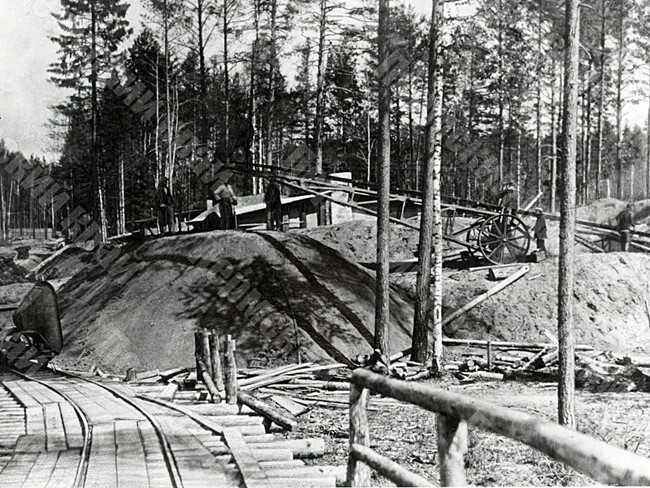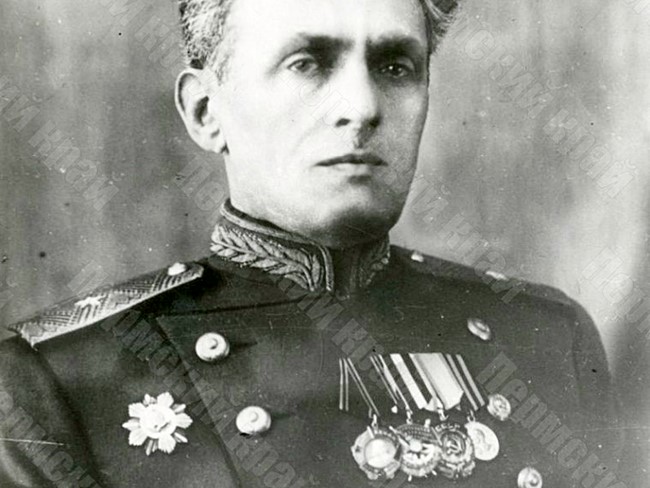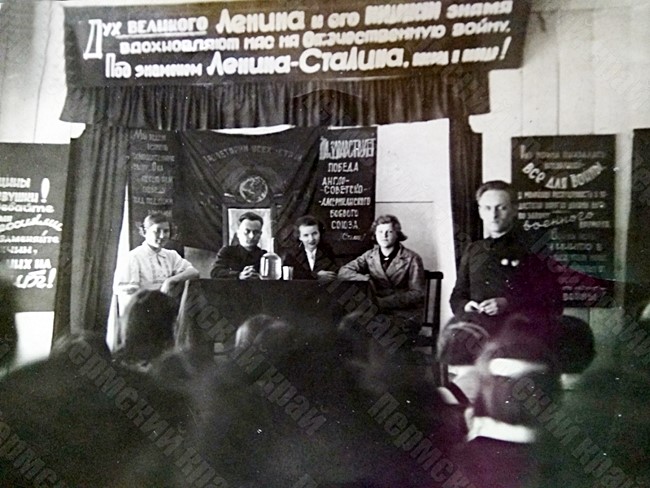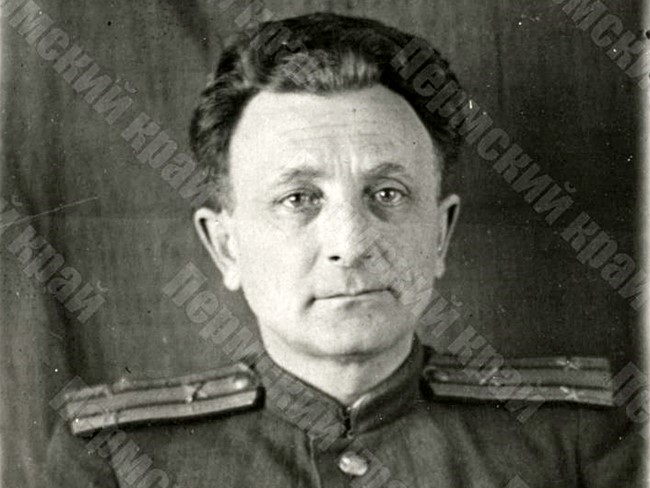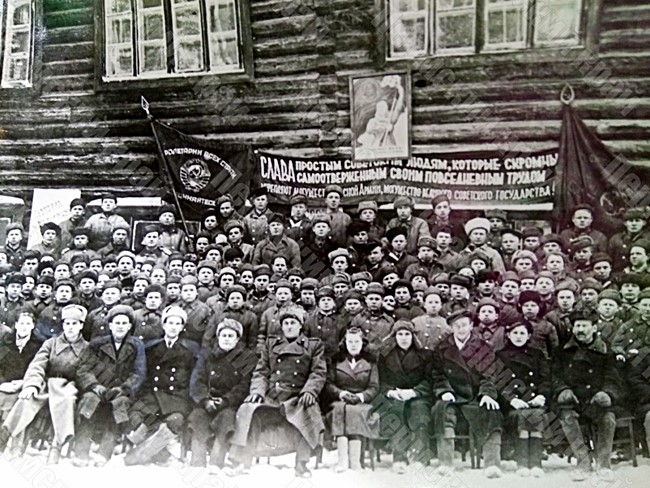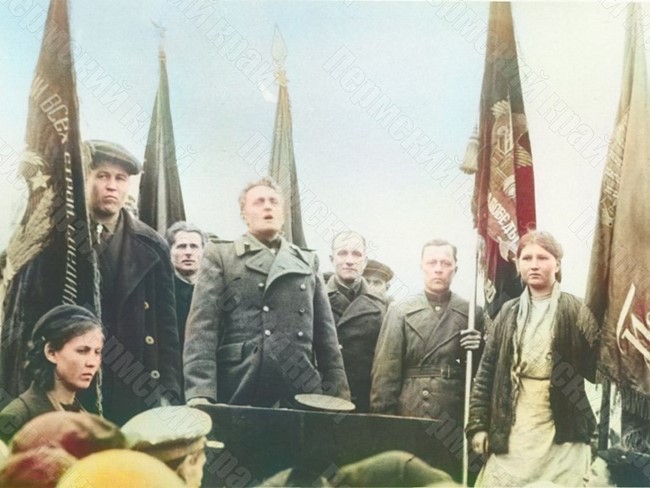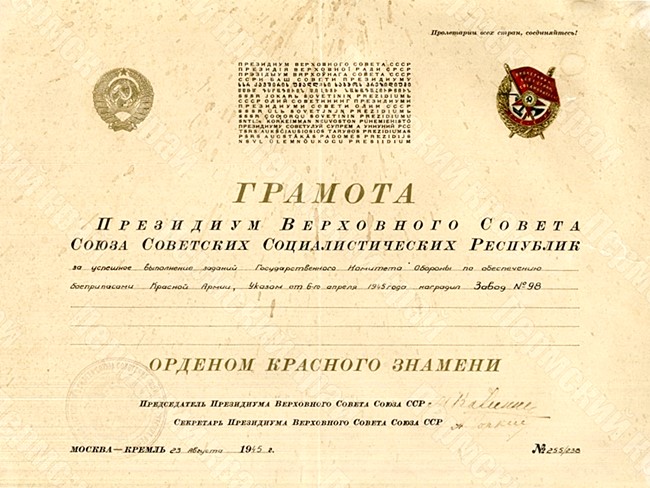The Kirov Molotov Plant No. 98
The plant was built in Perm in the first half of the 1930s. During the Great Patriotic War, the enterprise produced gunpowder for artillery shells, gunpowder for projectiles for rocket artillery combat vehicles and other types of propellant. At the Kirov Plant No. 98 in Molotov, some equipment was used from four factories evacuated to Molotov from Leningrad. During the Great Patriotic War, 70% of the gunpowder for projectiles for rocket artillery combat vehicles was produced at the Kirov Plant No. 98 in Molotov.
During the Great Patriotic War, the Kirov Plant No. 98 was a winner in All-Union socialist competition 17 times. In 1945, the enterprise was awarded the Order of the Red Banner for successful work in the production of gunpowder. Most of the workers at the Kirov Plant No. 98, Molotov, were also conferred with state government awards for their work during the Great Patriotic War.
The directors of the Kirov Plant No. 98 Molotov during the Great Patriotic War were Sergei Kachalov and David Bidinsky.
The chief engineers of the Kirov Plant No. 98 Molotov during the Great Patriotic War were Dmitri Gorbachov and David Galperin.
